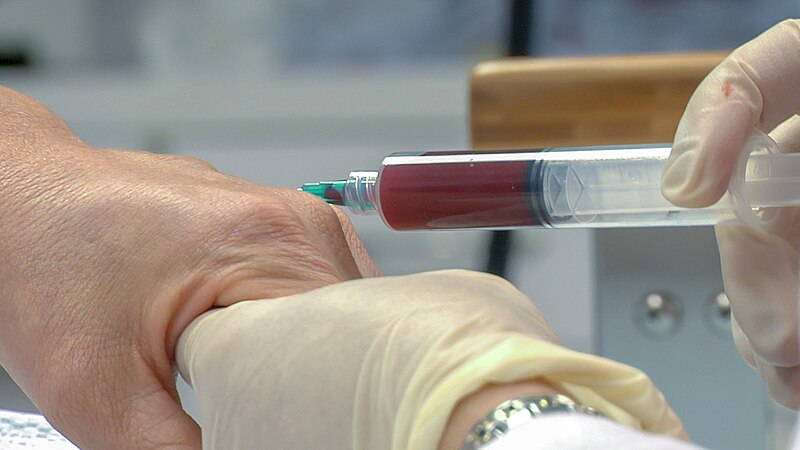Platelet-rich plasma (PRP) therapy has gained popularity in recent years for its potential in various medical and cosmetic applications. One such area of interest is vaginal rejuvenation, where PRP is used to address issues such as dryness, laxity, and urinary incontinence. Let’s explore what PRP therapy entails and how it is utilized for vaginal rejuvenation.
Understanding Platelet-Rich Plasma Therapy:
Platelet-rich plasma (PRP) therapy involves extracting a sample of the patient’s own blood, processing it to concentrate the platelets, and then injecting the resulting PRP into the target area. Platelets contain growth factors and other bioactive proteins that stimulate tissue repair, regeneration, and collagen production, making PRP an attractive option for enhancing healing and rejuvenation.
Vaginal Rejuvenation with PRP Therapy:
In the context of vaginal rejuvenation, PRP therapy aims to improve vaginal health and function by addressing common concerns such as vaginal dryness, laxity, and urinary incontinence. The growth factors present in PRP promote tissue regeneration and increased blood flow to the vaginal tissues, resulting in improved lubrication, tightness, and overall vaginal health.
The Procedure:
During a PRP therapy session for vaginal rejuvenation, a small amount of blood is drawn from the patient, typically from the arm. The blood sample is then processed using a centrifuge to separate the platelets and plasma from other components. The concentrated PRP is then injected into specific areas of the vagina, such as the vaginal walls or the G-spot, using a fine needle. The entire procedure is usually completed in a single session and can be performed in a medical office setting.
Benefits and Considerations:
PRP therapy for vaginal rejuvenation offers several potential benefits, including increased vaginal lubrication, improved sexual satisfaction, and reduced urinary incontinence symptoms. Additionally, PRP therapy is minimally invasive and typically well-tolerated, with minimal downtime and side effects. However, it’s essential to discuss potential risks and outcomes with a qualified healthcare provider before undergoing PRP therapy, as individual results may vary.
Conclusion:
Platelet-rich plasma (PRP) therapy holds promise as a safe and effective option for vaginal rejuvenation, offering women a non-surgical solution to common vaginal concerns. By harnessing the regenerative properties of PRP, individuals can achieve improvements in vaginal health, function, and overall well-being. As with any medical procedure, it’s crucial to consult with a knowledgeable healthcare provider to determine if PRP therapy is suitable and to ensure safe and satisfactory outcomes.
Source- Hindustan Times



